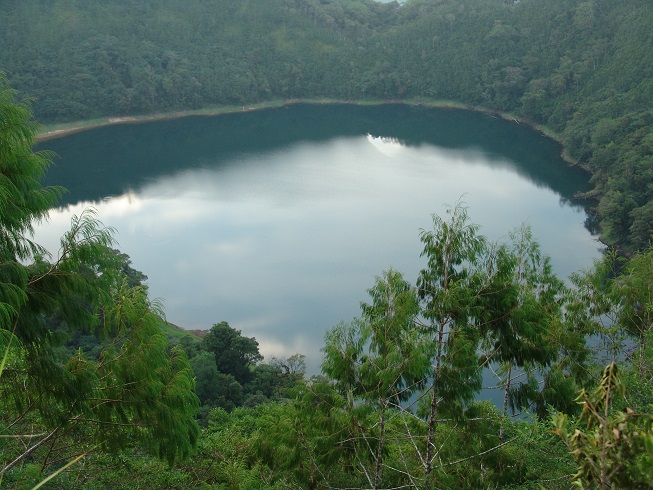I’m revising my first book, Searching for Ropens, and expect it will be published before Christmas. [Actually, it was published April 18, 2014, after major additions and editing.] The third edition will differ from the second in two significant ways:
- It will have new pterosaur sighting reports and insights, and more about the explorers themselves, including Garth Guessman, David Woetzel, and Paul Nation (and, of course, me: Jonathan Whitcomb). It will also have more details about other expeditions: Destination Truth and the Monsterquest-episode expedition with Guessman.
- The genre will still be a mixture of spiritual-religious and cryptozoology-adventure, in that order, but this will be made clear in the promotions; I have no desire to offend any cryptozoologist who would dislike reading about religious beliefs.
The title will also be revised: Searching for Ropens and Finding God.
Anything I would quote from the new edition may be revised before publication, so I now quote from the second edition:
Acknowledgements (previous edition)
A key to successfully exploring a sparsely populated wilderness is, ironically, people-skills. My father and mother inspired others, lifting self-esteem; following their examples, I’ve tried inspiring others, though I’ve usually been the one encouraged or inspired. In particular, the pioneering investigations of Jim Blume, Carl Baugh, and Paul Nation illuminated the path for my own investigation in Papua New Guinea; the 2004 follow-through of Garth Guessman, David Woetzel, and Jacob Kepas filled in the gaps of previous expeditions, amplifying and supplementing the successes of those of us preceding them; the generosity of Alex Aguila made possible the 2006 expedition of Paul Nation, whose exploring of a remote area verified the location of many of the creatures (and he brought back the first visual images to the United States; the veracity of the images and testimonies were proven through the work of two physicists: Clifford Paiva and Harold Slusher); the eyewitness testimonies of natives, Australians, and an American veteran, contributed priceless evidence; the love of my wife and three daughters strengthened me to leave the comforts of home; the prayers of family, friends, and other Americans were answered when I found Luke Kenda, who became my interpreter, bodyguard, and counselor. By the grace of the Father of us all, Luke and I were welcomed like brothers by those we met on Umboi Island, and by accepting the friendship of humble Christians in remote villages, we were sheltered, fed, and led to those who made this book possible: the eyewitnesses. Thank you; tenku tru.
.
Lake Pung, Umboi Island, Papua New Guinea (where seven native boys had seen the giant ropen around 1994) – photo courtesy of Garth Guessman, one of those on the second expedition of 2004
###
Pterosaur Extinction (or not)
In Searching for Ropens, I wrote, “Since no researcher in Europe [when fossils were first being discovered] had any knowledge of living creatures similar to the fossils, it was assumed that they were all extinct. The key word is ‘assumed.’. . if only 1% of the population of Western Europe, in the late 18th Century, had . . . [seen] living pterosaurs, the universal-pterosaur-extinction notion would never have gotten started.”
Eskin Kuhn was a U.S. Marine, in 1971, when he witnessed two large pterosaurs flying over the navy base at Guantanamo Bay, Cuba. He has maintained his testimony for decades: He saw, in clear daylight, two featherless long-tailed flying creatures with very prominent head crests.
Civil War Soldiers and a Monster Photo
To begin, I do not present Photo #1 as overwhelming evidence for the existence of a huge modern living pterosaur that has a head suggesting a Pteranodon; I interview eyewitnesses, and some of them report sighting details that have convinced me that huge pterosaurs (rare and nocturnal as they may be) live in this modern world of ours.



